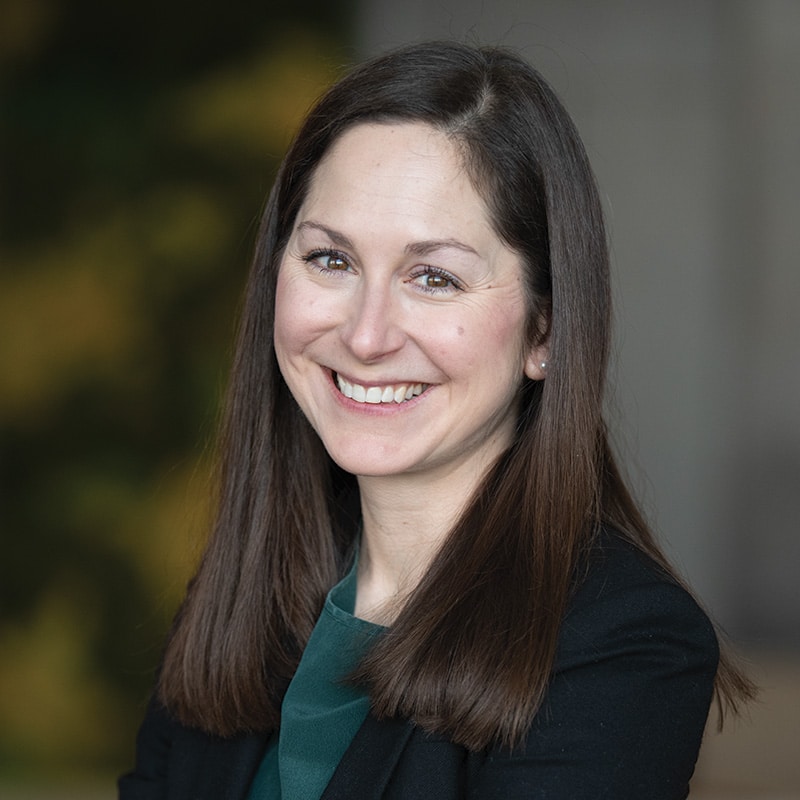Our nation is in the midst of multiple crises, and it’s hard to see how we’ll get through any of them. But when it comes to abortion, rethinking the categories we use to discuss this particular crisis sheds light on how we can move forward.
The Supreme Court’s recent Roe v. Wade decision marks yet another one-size-fits-none approach propelled by an unprecedented era of extreme political polarization. In this case, polarization is the result of the wrong categories. Currently, we only have one word, or one category, to describe multiple different services. We label this category “abortion.” Therefore, in a lot of people’s minds, abortion is black or white. It’s either all good or it’s all bad.
But that’s not necessarily the case. The label doesn’t take into account the distinctions it embodies, which is that various, life-alterating reasons drive people to need or desire an abortion. As a result, we need various categories to appropriately account for these distinctions. Only then can both our conversations and our laws reflect reality instead of a false dichotomy.
Polarization around the category of abortion is perhaps one of the most current examples of an innovation problem often described by late Harvard Professor Clayton Christensen: “When we encounter a seemingly unsolvable problem, we’ve likely gotten the categories wrong.” In our current situation, he is absolutely right.
For categorization to be effective, we must have the right set of categories from which to choose. In this piece, I’ll outline why we need different categories to accurately capture the different reasons why people pursue abortion. Jobs Theory provides a lens to make this potentially nebulous concept more concrete.
Jobs Theory predicts how people will behave based on the jobs that arise in their lives. A job is the progress someone seeks in a given situation or under specific circumstances. When a job arises, people hire products or services to get those jobs done. When a better way to get the job done comes along, people will switch from the old way and hire the new way. Understanding a customer’s job allows one to predict how customers will behave, or what product or service they are more likely to buy.
We only have one category to describe a set of services that covers a variety of different needs, and that are “hired” for a variety of different reasons
Abortion is “hired” in a variety of circumstances to achieve many definitions of progress. One study suggests financial reasons are a key driver for 40% of women seeking an abortion. But that is only one category of reasons. We also know abortion is hired to serve many health-specific jobs.
Below are a few of the situations and types of progress that are specific to life-saving care, in which abortion is often hired. These can be articulated in the following job-like statements:
- When I learn that my life is at risk due to pregnancy complications, help me survive so I can be here for my family.
- When I discover that my pregnancy will result in a life that is not viable, help me limit the pain and suffering of everyone involved, so I can prioritize my and my family’s health.
- When I find out I have advanced cancer and require treatment immediately, help put me on a path to survive and ensure that I can be around for my family.
Many people with the above mentioned jobs—in combination with guidance from their health care provider—determine that abortion is the best service to hire in order to achieve progress in their circumstance. But when interpretation of the law impacts the one category we have (abortion), people and providers in at least 21 states are left with limited or no ability to hire what gets their job done best. So what will they do? And why does it matter?
Theory would predict that those who can afford to do so – from an economic and feasibility perspective – will keep hiring what they perceive to be the best solution. If in a state that does not support abortion, they will drive or fly to states or countries that do. But what about those for whom flights or long drives are not economical or feasible? What about the women who find themselves in hospital ERs due to ectopic pregnancies? What about the 75% of women who are low income and the half that are living below the poverty level? What will they do?
They will still hire something to get their health-related job done. Many will hire an unsafe abortion. Others will die because they couldn’t get to a care facility where abortion was legal in time to save their lives. And, adding insult to injury, the outcomes will be worse for Black women in a country where they already suffer outsized negative maternal health outcomes.
To save lives, we need better categories
Our inaccurate categorization of abortion is failing our population and the clinicians that serve them. To frame the issue in that singular term is to grossly oversimplify complex, personal, emotional, gut-wrenching issues, and it leaves us without effective language to approach the issue clearly.
Without categories that encompass a focus on people’s health and their associated life-saving jobs, we can predict the situation in our post-Roe world: lives lost, trauma created, great expenses incurred. In fact, data resulting from Texas’s September 2021 ban on abortions indicates this is already reality in portions of our country.
The tragic result of having the categories wrong on abortion is that women are dying.
To save lives, we need better (i.e. more distinct, accurate) categories. And as the AMA stated, it’s critical that we ensure every person in the nation has access to life-saving care, and that clinicians are not criminalized for providing it. So, let’s shift the national dialogue to what the right categories are, and away from what the right viewpoint is. And then, let’s codify life-saving laws. In this process we may find greater agreement than we currently realize, allowing the national conversation to focus on the remaining areas where we don’t.
After all, if we are aligning a viewpoint to inaccurate categorization, aren’t all of our viewpoints—and the laws that reflect them—at least a little flawed?



